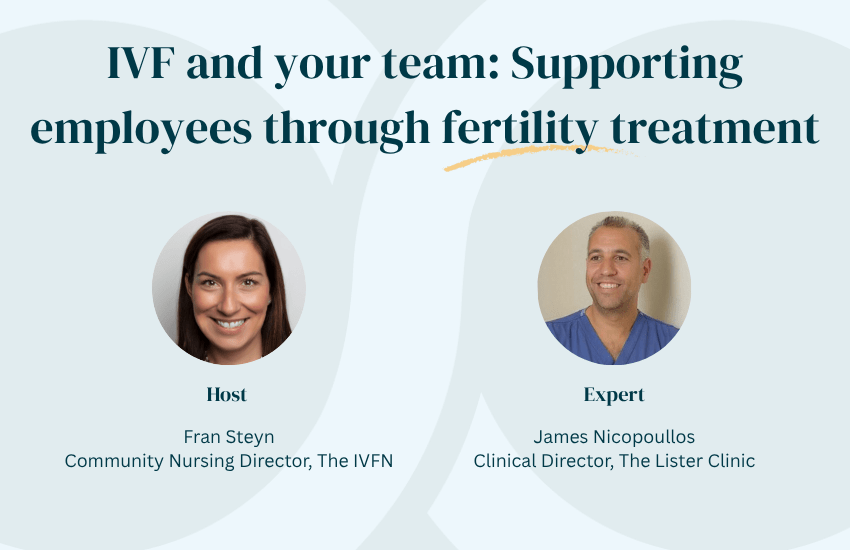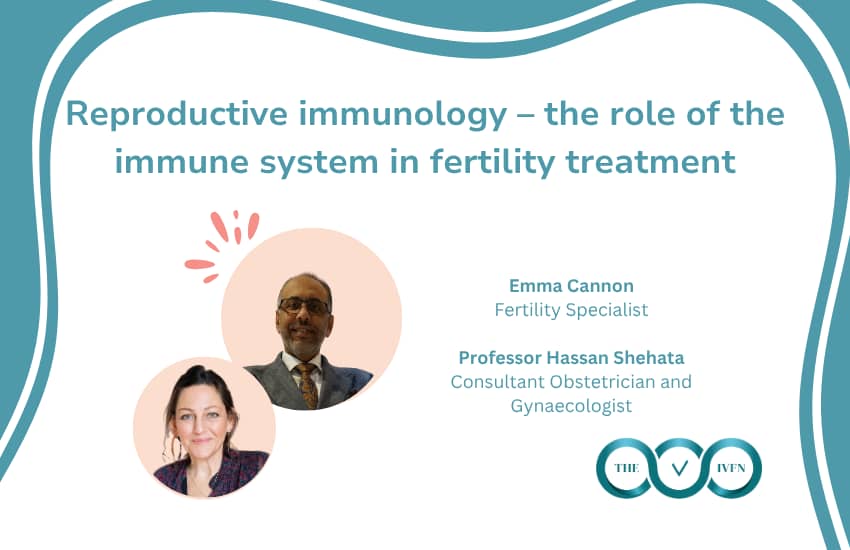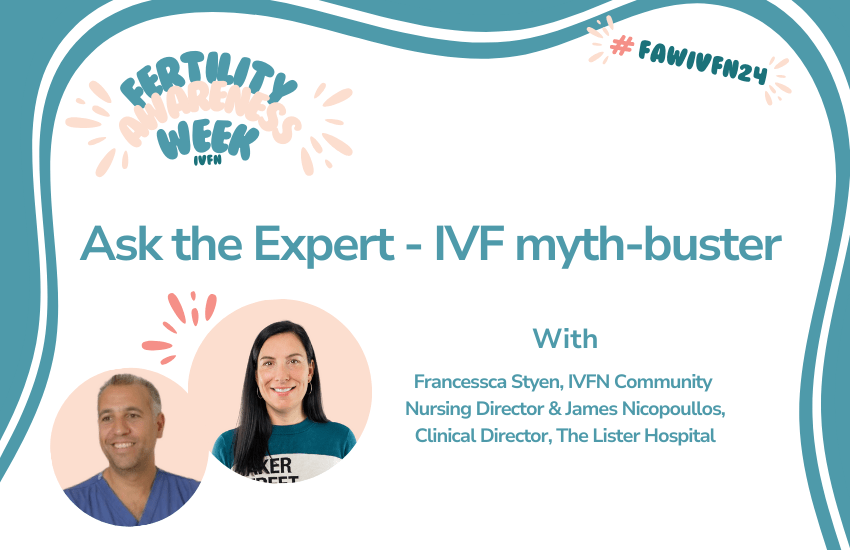What are the chances of having twins through IVF?

Login to continue reading
This content is for members only, to read the full article log in to your account.
Forgotten your password? Reset your password here.
Join us today
If you don’t have a membership yet, visit our Join us page.
Would you like your employer to pay for this?
For an obligation free chat to discuss how employer membership to The IFVN would work for your business, please contact us using this enquiry form.
Further reading
-
Previous event Ask The Expert – IVF and your team: Supporting employees through fertility treatment

-
IVF Ask The Expert: Navigating IVF – Do’s and Don’ts

-
Female Reproductive immunology – the role of the immune system in fertility treatment

-
IVF IVF myth-buster

-
10 Things to Consider Before IVF Treatment

-
IVF NHS Waiting List: What to Expect and How to Navigate the Process

-
The Age Limit for IVF: Understanding Fertility Treatment Options in the UK






